







The inspiration behind the name of this
website stems from my decades-long passion for visually
observing faint deep sky objects under pristine, dark
skies. These faint deep sky objects, which I fondly
refer to as "Faint Fuzzies," come alive through the
eyepiece of telescopes, ranging from my own 22" and 30"
reflectors to even my friend's 48" reflector. I've taken
particular interest in studying threshold objects that
exhibit compelling features, astrophysical anomalies, or
simply defy the norm. An exciting example of this is the
discovery of Andromeda's
Parachute, a gravitationally lensed
quasar.
The purpose of this website is to serve as
a valuable resource for seasoned visual observers who
are looking to explore challenging deep sky objects. The
initial three guides were tailored for owners of 16-inch
or larger telescopes in observing the Hickson Compact
Galaxy Groups, Abell Planetary Nebulae, and Arp Peculiar
Galaxies. As I continued to develop more advanced
observing guides, it became clear to me that providing
resources for those who have just completed the Messier
list and are seeking new horizons would be immensely
beneficial. A natural progression would be to delve into
the Herschel 400 and then the Herschel 400 - Part II.
With content tailored for telescope sizes ranging from
6-inch to 48-inch, there's something for everyone.
For those with larger telescopes who yearn
for fresh challenges and are tired of encountering the
same "bright" objects, or are simply running out of
objects to observe, I invite you to explore the guides
I've thoughtfully curated. Simply click on Observing
Guides or Downloadable Observing Guides
under "Advanced Observing Projects" section. If you're
an amateur or intermediate visual observer equipped with
a 6-inch to 10-inch telescope, look under "Observing
Projects for Smaller Telescopes" for resources tailored
to your needs.
Don't forget to peruse the "Observing
Reports" link to gain a glimpse of the remarkable
objects you can see through a large telescope. My hope
is that these reports will inspire you to venture
outside and engage in the awe-inspiring DEEP sky
observing.
---
New
Observing Guide: Observing
Extragalactic Objects Within Host Galaxies
released on Aug 2024.
I am
pleased to release this field guide after 6+ months
of work going through journal and amateur articles,
lists, observing reports, and sketches. This guide
is formatted in a similar fashion as my other
guides, but the details of each host galaxy is what
sets this guide apart. Go to the Downloadable
Observing Guides link to access the
guide.
Nov 2025: Both
advanced observing guides, Vorontsov-Velyaminov
Catalogue of Interacting Galaxies Parts
I and II, were enhanced and updated. Check
it out under Downloadable
Observing Guides.
--
Scroll down a little bit to see
a few photos I took of the total solar eclipse from my
backyard. It was a surreal event. It may be
surprising to some of you, but this is the first one
I've seen. I never traveled nor chased a total solar
eclipse. However, I planned to go to the Oregon Star
Party for the 2017 total eclipse, but I got sick and
couldn't make it.
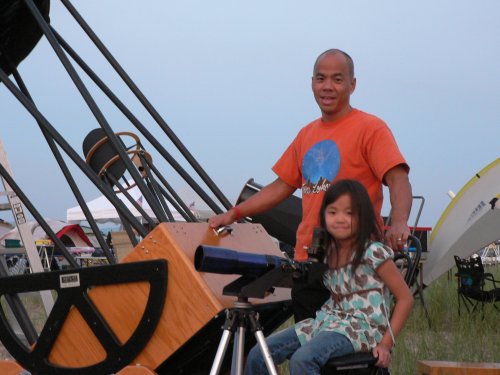
30" Starmaster f/4 reflector at Golden State Star Party 2008
The reflector in the background is my 22" f/4 reflector
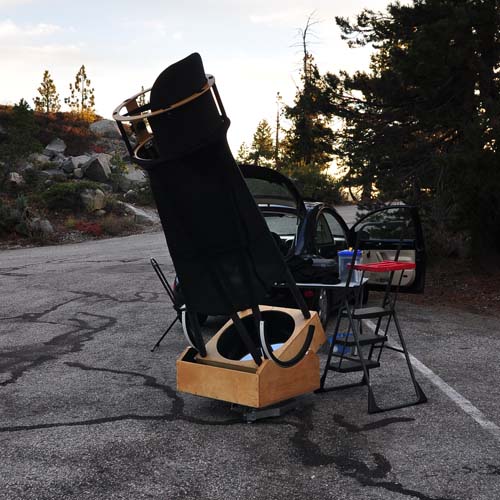
My 22" f/4 reflector at one of our observing sites in the high Sierras at elevation of 7,800 feet.
---
2024 Total Solar Eclipse over Texas Hill Country
Taken with a 4" f/11 refractor

Corona @ 1/30 sec
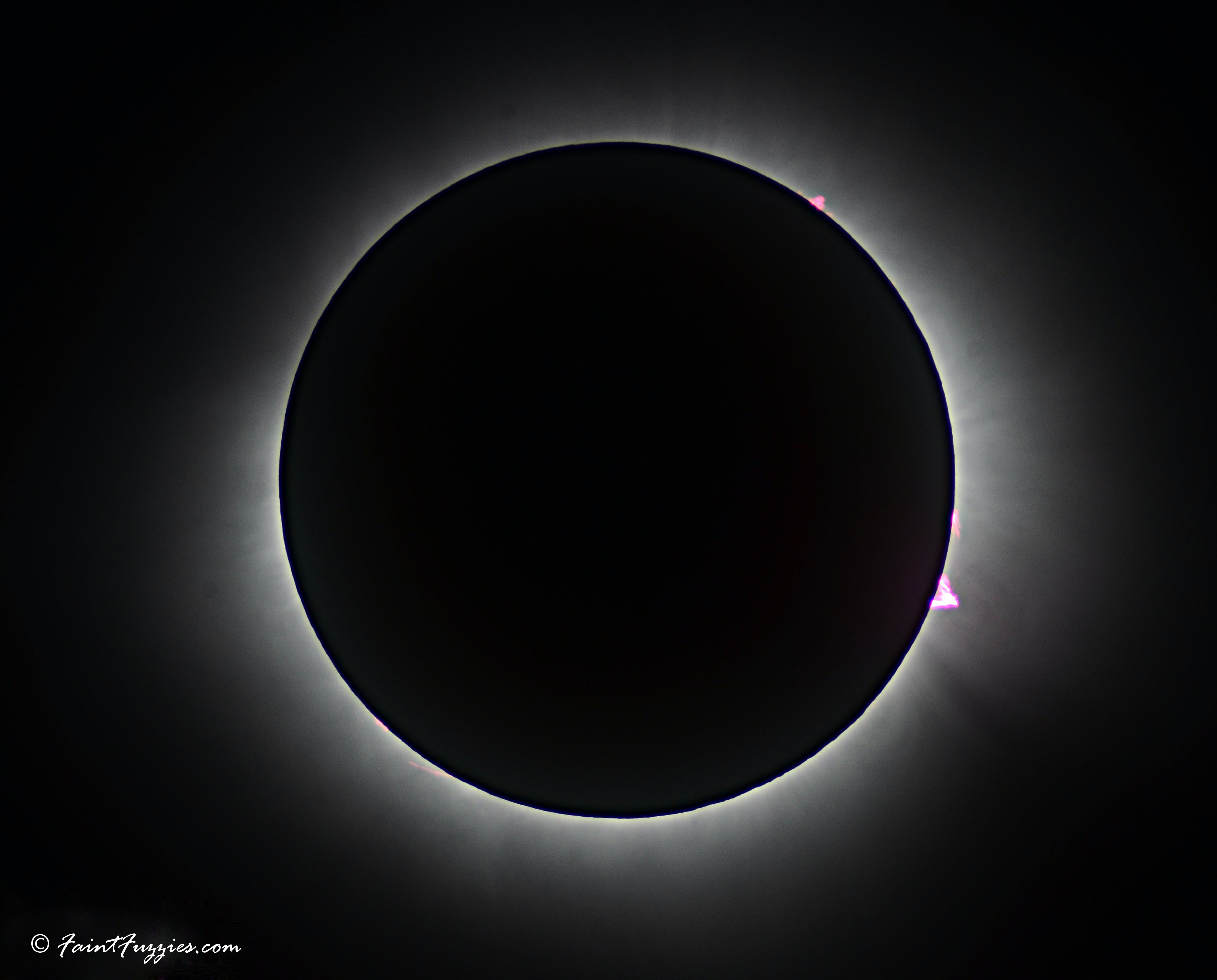
Corona with solar prominence @ 1/125 sec
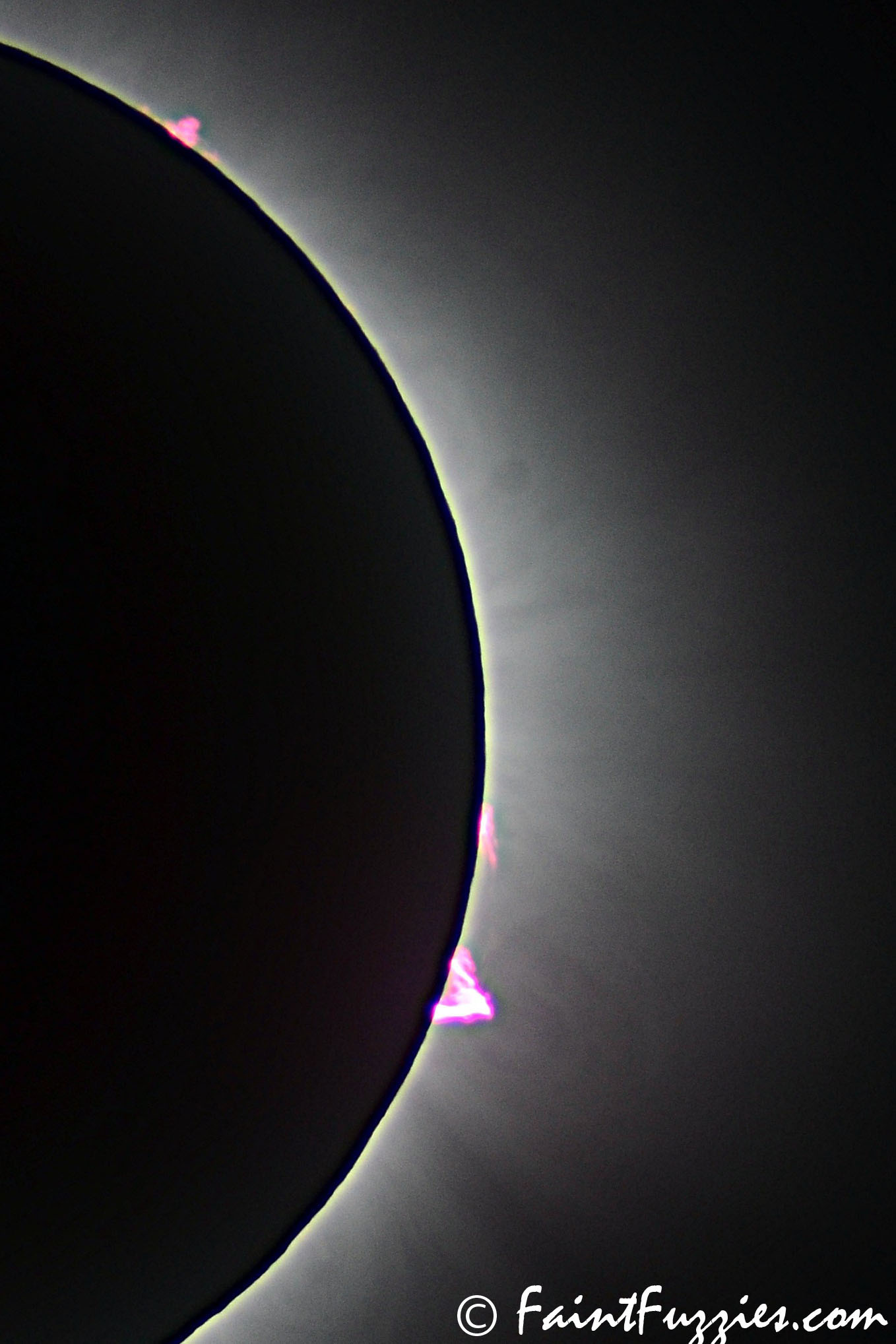
Another @ 1/125 sec
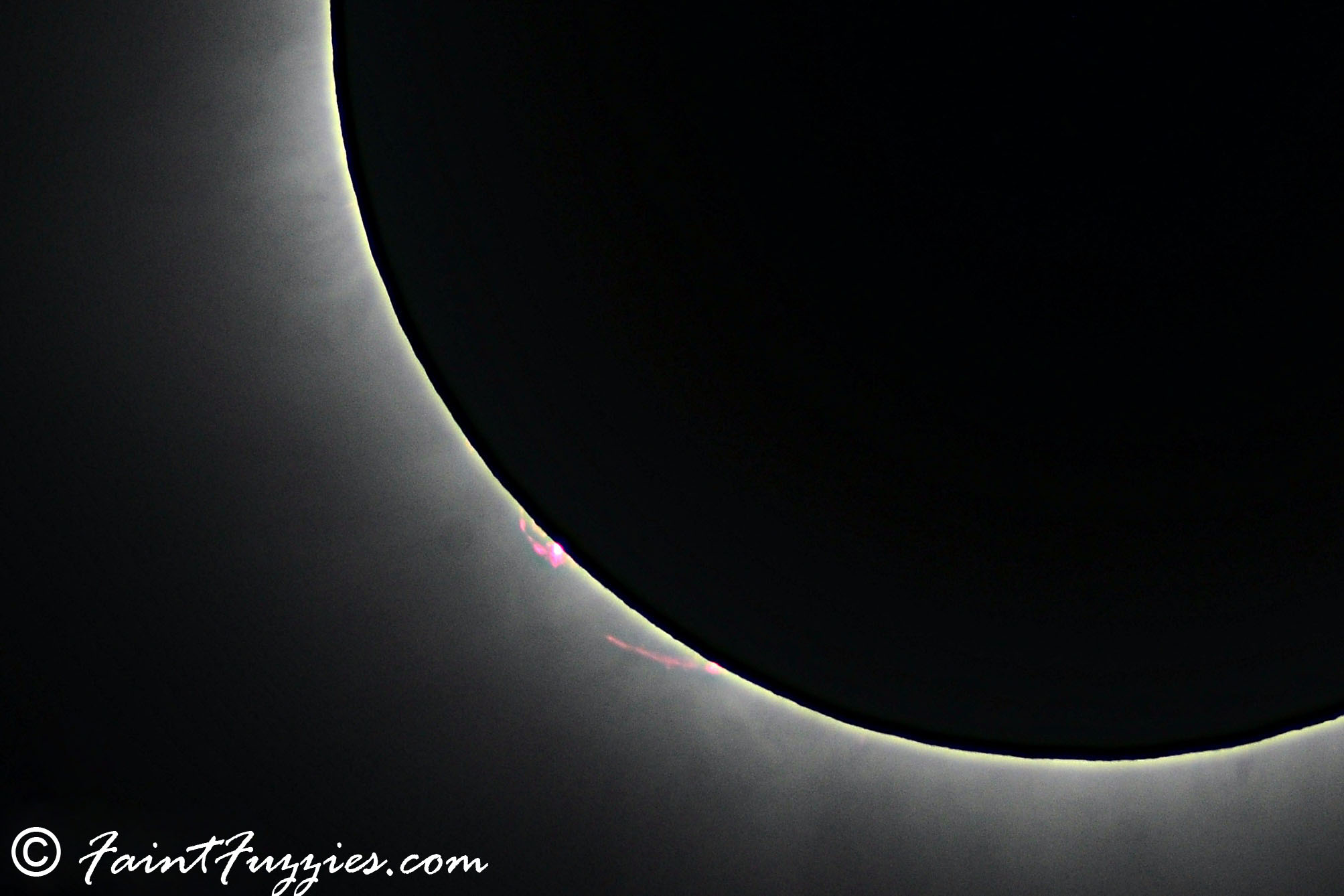
Some prominence detail @ 1/200 sec
